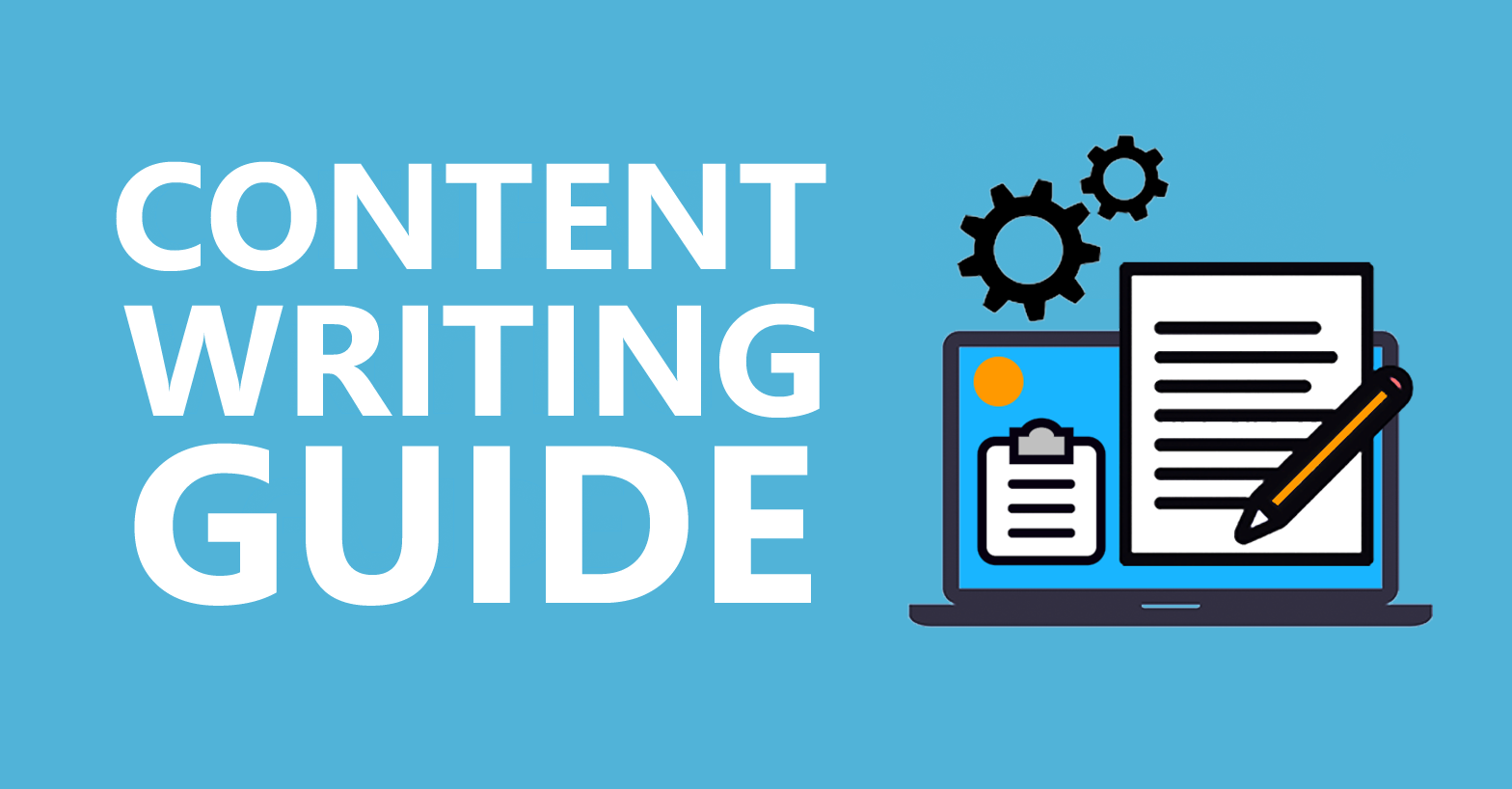
There are lots of people who view writing as their dream job.
However, it’s not exactly for everyone.
Those who managed to pull through got hired to write articles, web content, and product descriptions for websites and catalogs; meanwhile, a select few became best-selling authors.
While there are lots of content writers who ended up becoming quite successful – living the life they want, working from home, and managing their own schedules – a lot of those who tried actually had it rough.
They just don’t have the skills required, and regardless of how talented they might be, without the right skills, they won’t be able to make it.
Therefore, if you’re planning to get into the writing industry and want to be a successful content writer, you need to know how to start. Here’s how:
For a content writer, research is a very essential tool.
Any successful writer knows that good research is key for excellent content, and the ability to perform extensive research is indispensable.
After all, research is responsible for adding credibility and value to their work.

Therefore, once you have an idea or topic on what to write about, you should take your time in doing research – a lot of it.
Don’t ever go into your writing session blind. Do your research, make sure the sources you’re using are credible and reference your sources whenever possible.
When doing research, you should also consider the following:
One of the things that set apart expert writers from beginners is that they have mastered a variety of writing styles. The reason for this is because each writing form comes with its own style.
For example, news articles come in AP style which leans more on the use of informational paragraphs and emphasizing the meat of the story on top.
On the other hand, blogging tends to be a lot more personable, conversational, and usually biased toward the blogger’s opinion.
Here’s an example of two different writing styles:
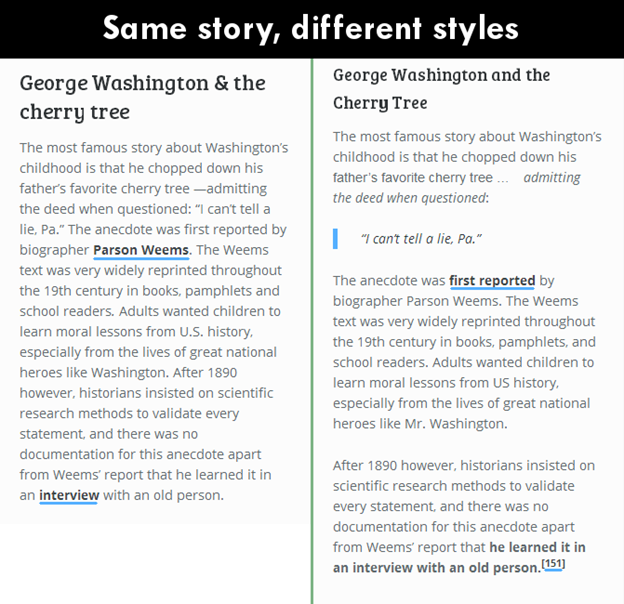
As you can see, despite having the same content, there is clearly a difference in the way formatting is done. The first one is a long block of text which is somehow “boring” to read.
Meanwhile, the other consists of blockquotes, bolds, italics, and even footnotes which makes it easier to read.
When you get into content writing, it’s important to know different writing styles. This means you should learn how to write a blog post, an ad copy, e-book, a news article, etc., and apply the best content writing tips that can make your piece extra compelling.
As you come across several articles and blogs online, you’ll notice that each of them will have its own different style depending on who’s writing.
You can take inspiration from them, but you should not copy their particular style.
Even the best writers out there can’t get their first draft perfect. This means that once you have completed your very first content, you should spend time editing and proofreading your work until you can make it perfect.
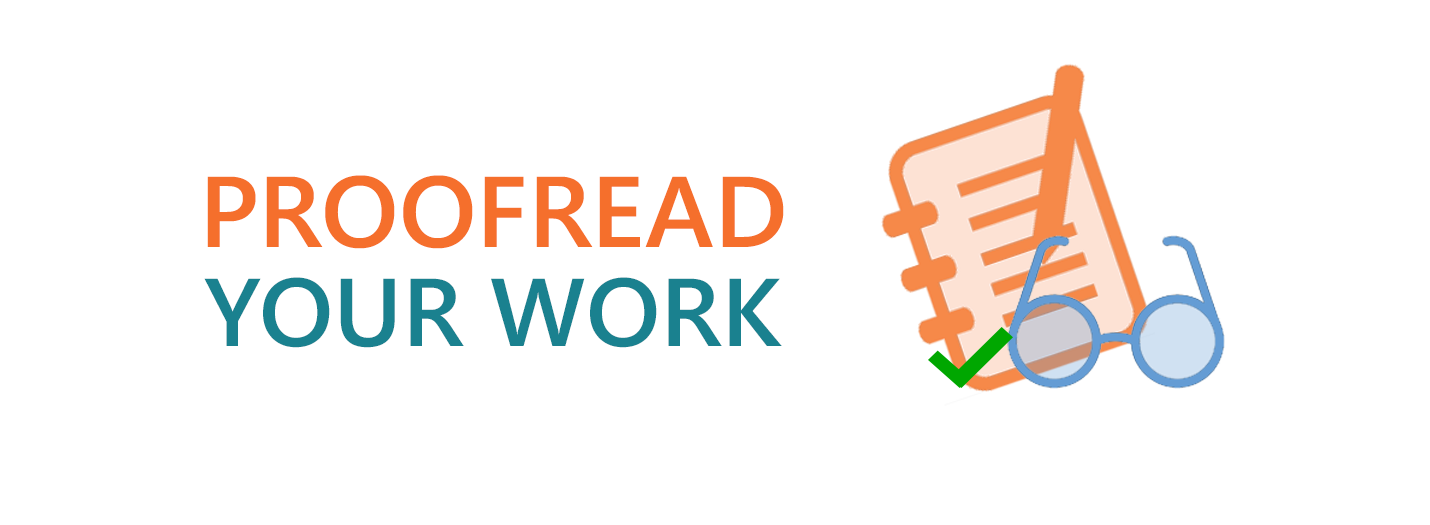
Ideally, you want to read through your work and edit it once, then do it again… and again – until you’re sure there are no errors present.
This might seem easy as it is, but editing actually requires a lot of discipline, attention to detail, and patience.
Apart from grammar, you also want to check for any spelling and punctuation errors as well as any redundant ideas and overused words.
You also want to make sure you avoid plagiarism as much as possible.
Most of the time, you’ll find yourself spending more time editing than you did writing. So give yourself time to thoroughly check your work before publishing it.
As a beginner, it’s easy to get carried away and start using complex words and sentence structure in your work, especially when you have a wide vocabulary.
However, most people won’t be able to understand what you’re trying to convey all because you’ve been using overly complex words and inserted tons of fluff in your content.
When you write, you have to keep in mind your audience and try to keep your content simple and straightforward as possible.
If you write for the purpose of educating people about a certain topic, you have to make sure you properly explain everything, including various terminologies that they’ll find confusing.
However, if your audience consists mainly of people who already know the topic, you can make your content more informational instead.
Regardless, avoid fluff. They’ll only leave people confused and cause them to misunderstand what you’re trying to tell them.
If you’re writing content for a blog post, adding visuals in the form of images and videos can surely increase its overall value.
Statistics from ContentMarketing revealed that content that features relevant images received 94% more views compared to those without.
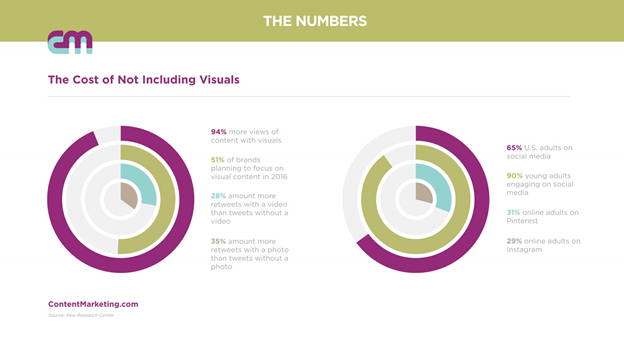
A content without any visual content tends to feel cluttered, even academic (unless, of course, that’s the direction you’re aiming for).
Most of the time, they’re a lot harder for people to digest and even retain.
Accordingly, people are only able to remember 10% of the information they’ve heard or read three days later.
On the other hand, if said information comes with a relevant image, people will be able to retain 65% of that information within the same duration.
What we’re trying to tell you is that adding visuals to your content will help make it memorable to your readers and increase its overall value.
They’re also an excellent way to highlight your content’s key points and reinforce the emotions you’re trying to evoke in your readers.
Starting as a content writer requires you to perform extensive research and produce a quality output with little to zero errors.
However, as a beginner, you can expect to come across a variety of challenges, and in most cases, you’ll end up hitting the dreaded writer’s block.
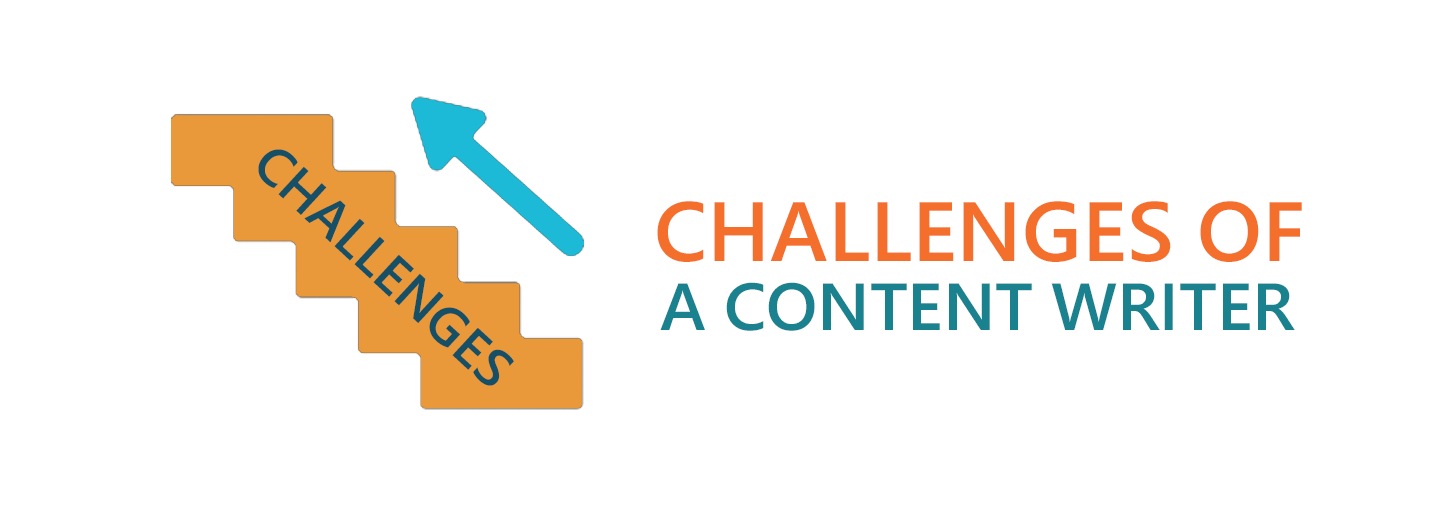
Also, once you start working with a client, you will be expected to meet tight deadlines and create quality content in a jiffy.
However, since it will take time to develop a process that will allow you to be quick and efficient, the best way you can do so is through consistent practice.
There are plenty of content writers who work remotely at their home. Though this might sound like a dream job, you’ll have to undergo proper planning and excellent self-organization.
While working at home, there’s the temptation of slacking off or doing other low-priority activities instead of focusing on your work.
As a beginner, you’ll find yourself guilty for this most of the time.
However, once you managed to overcome this challenge and successfully maintain a good work-life balance, you’ll find content writing to be such a rewarding venture.
For a content writer, having a flair for your written content is important; however, it’s only one piece of the puzzle.
You also have to display excellent research skills, versatile writing style, and critical editing skills to make sure that you can succeed in this line of work.
It takes practice, however, hence you have to consistently develop your skills so you can produce the type of content which your target audience will find appealing.